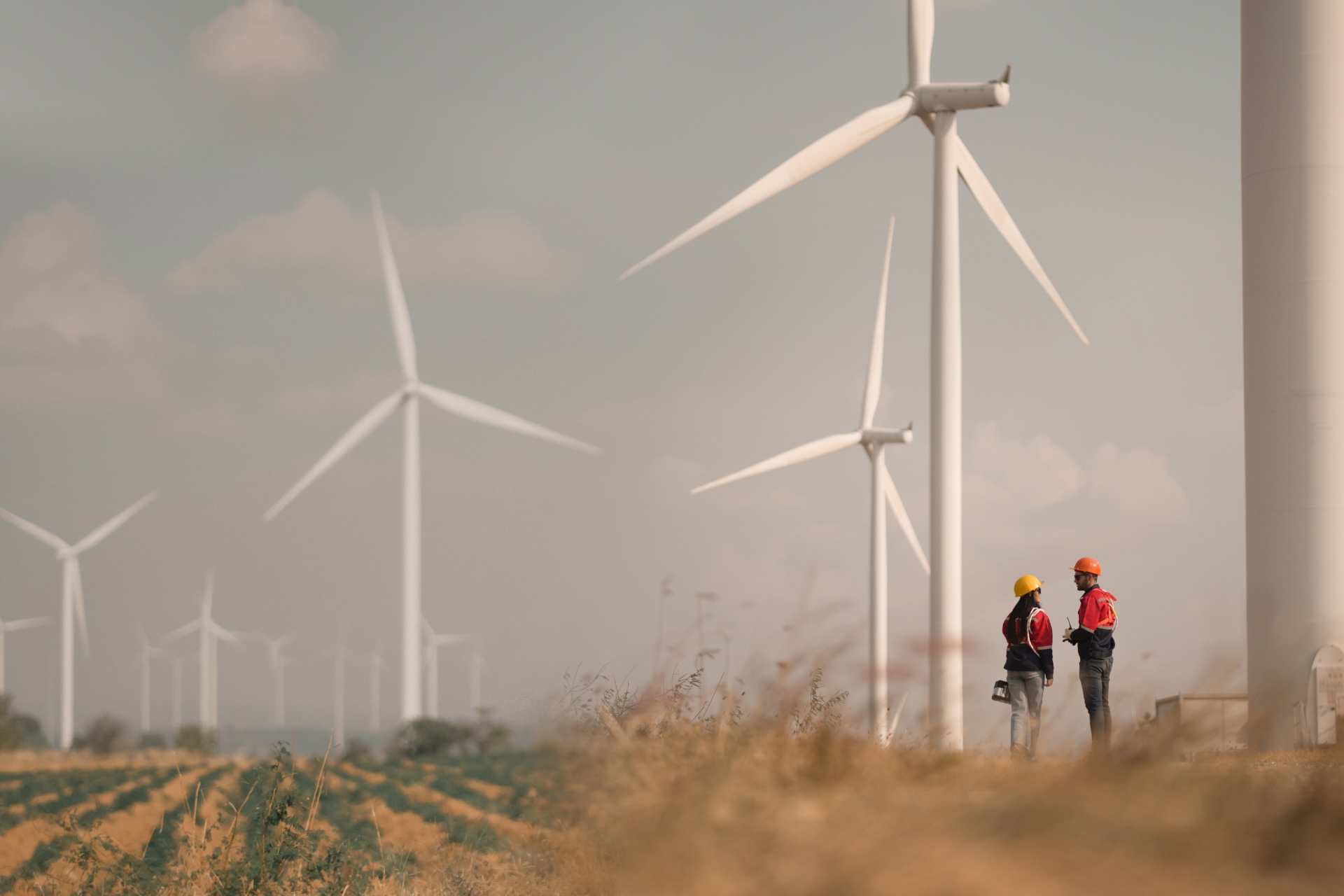The total operational capacity of combined onshore and offshore wind in the UK now stands at 30,299MW, according to Renewable UK. From the Cornish coastal winds captured by the UK’s first commercial onshore wind farm in Delabole, to the strong Scottish gusts harnessed by the newest Viking Wind Farm in Shetland, wind is the UK’s biggest source of clean power.
Record breaking renewables
Renewables provided a record 46.4% of the UK’s electricity in 2023, according to the latest statistics published by the Government in July. 30GW of wind capacity is enough to meet the annual power needs of more than 26 million homes and cut carbon emissions by more than 35 million tonnes a year.
The milestone was reached thanks to SSE Renewables’ Viking Wind Farm on the Shetland Islands opening today (29 August), which boosted the country’s capacity by 443MW. The £1.2bn project will use 103 turbines to harness Shetland’s exceptionally strong wind resource.
Pace of change
The pace of change has been impressive. The first 15GW of wind prior to March 2017, required 8,347 and took 26 years to build. The next 15GW took half the number of turbines and was completed in seven years. Turbine technology has improved significantly, and it’s clear that wind can be a key part of the UK’s transition away from expensive fossil fuels and boosting energy independence.
According to Ana Musat, Renewable UK’s executive director of policy and engagement, “Our research also shows doubling the UK’s onshore wind capacity by the end of the decade would boost the economy by £45bn and create 27,000 jobs, whilst moving to an electricity system dominated by offshore wind by 2035 would leave consumers around £68 a year better off.”
A step closer to net zero by 2030
The milestone not only represents a success story for the UK wind industry, it also takes the UK a step closer to the government’s ambitious goal to build a decarbonised power system in Britain by 2030.












